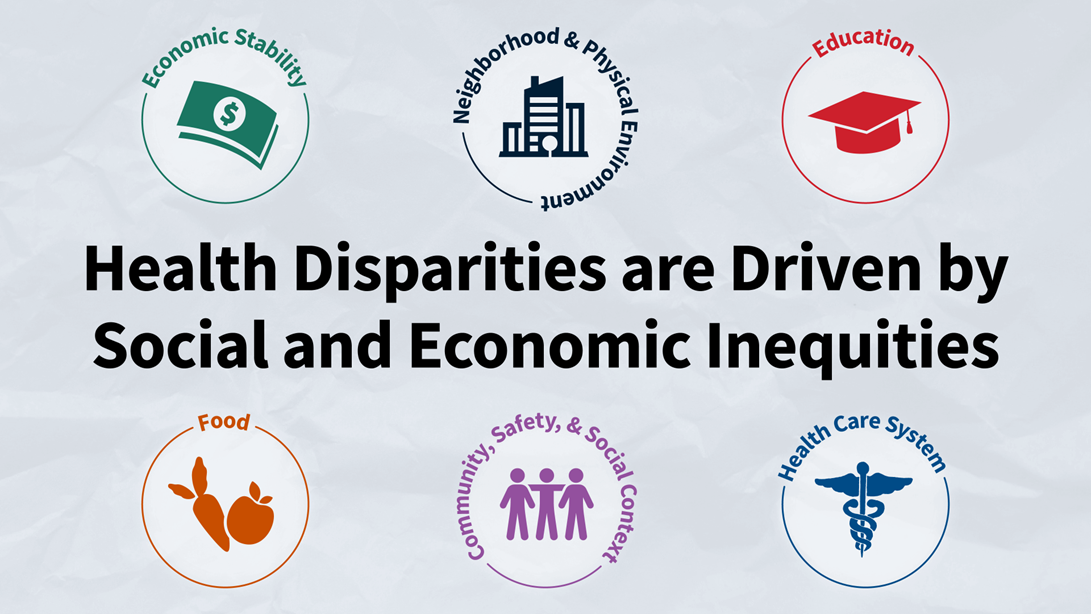A correctional nurse is caring for a client who was recently injured in the facility. The client is complaining of pain but is not due to receive any more pain medication for a while. Which of the following interventions could the nurse include to achieve the goal of pain relief?
Using distractions like watching TV to keep the client's mind off the pain.
Give the medication even though it is not due yet.
Use of acupuncture.
Apply heat therapy to the pain area.
The Correct Answer is D
Choice A Reason:
Using distractions like watching TV can be an effective non-pharmacological intervention for managing pain. Distraction techniques work by diverting the patient's attention away from the pain, which can help reduce the perception of pain. However, while this method can be helpful, it may not provide sufficient relief for more intense pain.
Choice B Reason:
Giving the medication even though it is not due yet is not advisable. Administering medication outside of the prescribed schedule can lead to potential overdose and other adverse effects. It is crucial to adhere to the medication schedule to ensure the safety and well-being of the patient.
Choice C Reason:
The use of acupuncture is a recognized method for pain management and has been shown to be effective in various settings. Acupuncture involves the insertion of fine needles into specific points on the body to relieve pain. However, it requires specialized training and may not be readily available in all correctional facilities.
Choice D Reason:
Applying heat therapy to the pain area is a practical and effective intervention for pain relief. Heat therapy works by increasing blood flow to the affected area, which can help relax muscles and reduce pain. It is a simple, non-invasive method that can be easily implemented in a correctional setting.
Nursing Test Bank
Naxlex Comprehensive Predictor Exams
Related Questions
Correct Answer is C
Explanation
Choice A Reason:
Data analysis involves examining and interpreting the collected data to identify patterns, trends, and relationships. This stage includes statistical analysis, creating comparative tables, and computing measures of association such as risk ratios or odds ratios. While crucial, this stage comes after the conceptualization and design phase.
Choice B Reason:
Conduct/implementation refers to the actual execution of the study, including data collection and ensuring that the study follows the designed protocol. This stage involves gathering data from participants, ensuring compliance with ethical standards, and managing the logistics of the study. It follows the conceptualization and design phase.
Choice C Reason:
Conceptualization/design is the initial stage of an analytic study where the research question is defined, hypotheses are generated, and the study design is developed. This stage involves planning the methodology, selecting the study population, and determining the data collection methods. The nurse's involvement in this stage indicates participation in the foundational planning and structuring of the study.
Choice D Reason:
Interpretation of findings involves analyzing the results of the data analysis to draw conclusions and make recommendations based on the study's outcomes. This stage includes discussing the implications of the findings, identifying limitations, and suggesting areas for further research. It is one of the final stages of the study process.

Correct Answer is D
Explanation
Choice A Reason:
Assessing the client's wound is a task that requires clinical judgment and expertise, which falls under the scope of practice of a registered nurse (RN) or licensed practical nurse (LPN). Assistive personnel (AP) are not trained or authorized to perform assessments, as these require a higher level of clinical knowledge and decision-making.
Choice B Reason:
Notifying the case manager of the client's wishes for community resources involves communication and coordination of care, which are responsibilities typically handled by an RN or LPN. This task requires understanding the client's overall care plan and the ability to communicate effectively with other healthcare professionals.
Choice C Reason:
Reviewing the client's medications is a task that involves understanding the medications, their purposes, potential side effects, and interactions. This requires clinical knowledge and judgment, which are beyond the scope of practice for AP. Medication review is typically performed by an RN or LPN.
Choice D Reason:
Assisting the client with bathing and oral care is a task that falls within the scope of practice for AP. These activities are part of the basic care tasks that AP are trained to perform. They involve helping the client with daily living activities, which do not require clinical judgment or decision-making.
Whether you are a student looking to ace your exams or a practicing nurse seeking to enhance your expertise , our nursing education contents will empower you with the confidence and competence to make a difference in the lives of patients and become a respected leader in the healthcare field.
Visit Naxlex, invest in your future and unlock endless possibilities with our unparalleled nursing education contents today
Report Wrong Answer on the Current Question
Do you disagree with the answer? If yes, what is your expected answer? Explain.
Kindly be descriptive with the issue you are facing.
